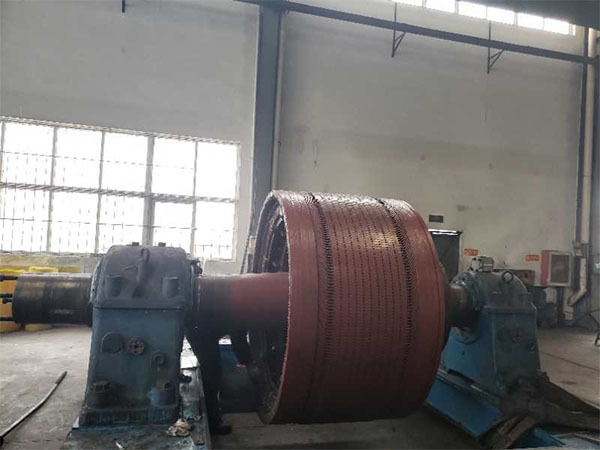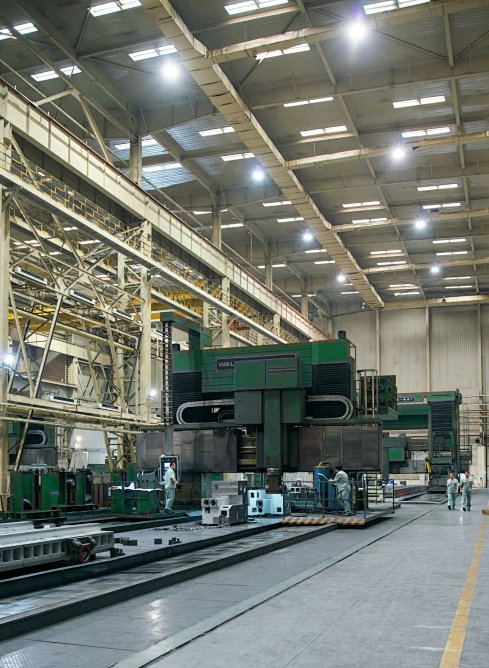Briefly describe the factors affecting the surface roughness of grinding machine processing.
Mar 17,2022
During the phase of high demand for grinding machine processing, in order to maintain the health, stability, and sustainable development of grinding machine service companies, it is necessary for all enterprises within the grinding machine processing industry to work together, continuously research the factors affecting the surface roughness of grinding machine processing, truly solve the actual difficulties faced by customers, and thus promote the rapid development of the grinding machine processing industry.
Grinding wheels are one of the factors affecting the surface roughness of grinding machine processing, mainly including the grain size, hardness of the wheel, and the dressing of the wheel. Firstly, the finer the grain size of the wheel, the more abrasive particles there will be per unit area during the grinding process, which will result in finer scratches on the grinding surface, thus reducing the surface roughness value. Secondly, the hardness of the wheel refers to the difficulty with which abrasive particles detach from the wheel under grinding force. Generally speaking, if the grinding wheel used in the grinding process is too hard, the abrasive particles may not fall off after wear, leading to intense friction and compression on the workpiece surface, increasing plastic deformation and raising the surface roughness value. This requires selecting the appropriate wheel hardness during the grinding process. Finally, dressing the wheel is usually done with diamonds to remove the dulled abrasive particles from the outer layer of the wheel, sharpening the cutting edges of the abrasive particles and reducing the surface roughness value during the grinding process.

The material of the workpiece is also one of the factors affecting the surface roughness of grinding machine processing. Grinding machine processing can achieve high precision and very low surface roughness, as well as relatively efficient grinding, such as power grinding. It is generally suitable for processing brittle materials like glass and granite; in addition, it is also suitable for harder materials such as hard alloys and hardened steel. The hardness, plasticity, and thermal conductivity of the workpiece material have a significant impact on surface roughness. Soft materials like aluminum and copper alloys tend to clog the grinding wheel, making them difficult to grind. Heat-resistant alloys with high plasticity and poor thermal conductivity can cause early chipping of the abrasive particles, leading to an increase in the surface roughness value.
Keyword:
Previous:
Next:
Related dynamics
Contact Us
E-mail:tjjiaxuyan@163.com
Telephone:022-68976188,13821612718
Mobile:18902087888,13802191288
Address:Fengjia Village, Duliu Town, Jinghai District, Tianjin










